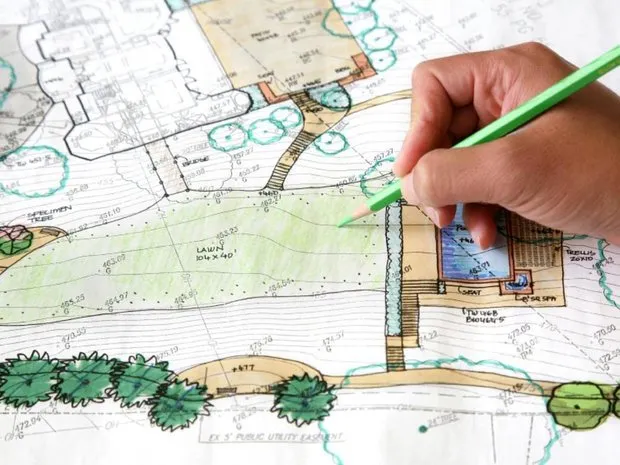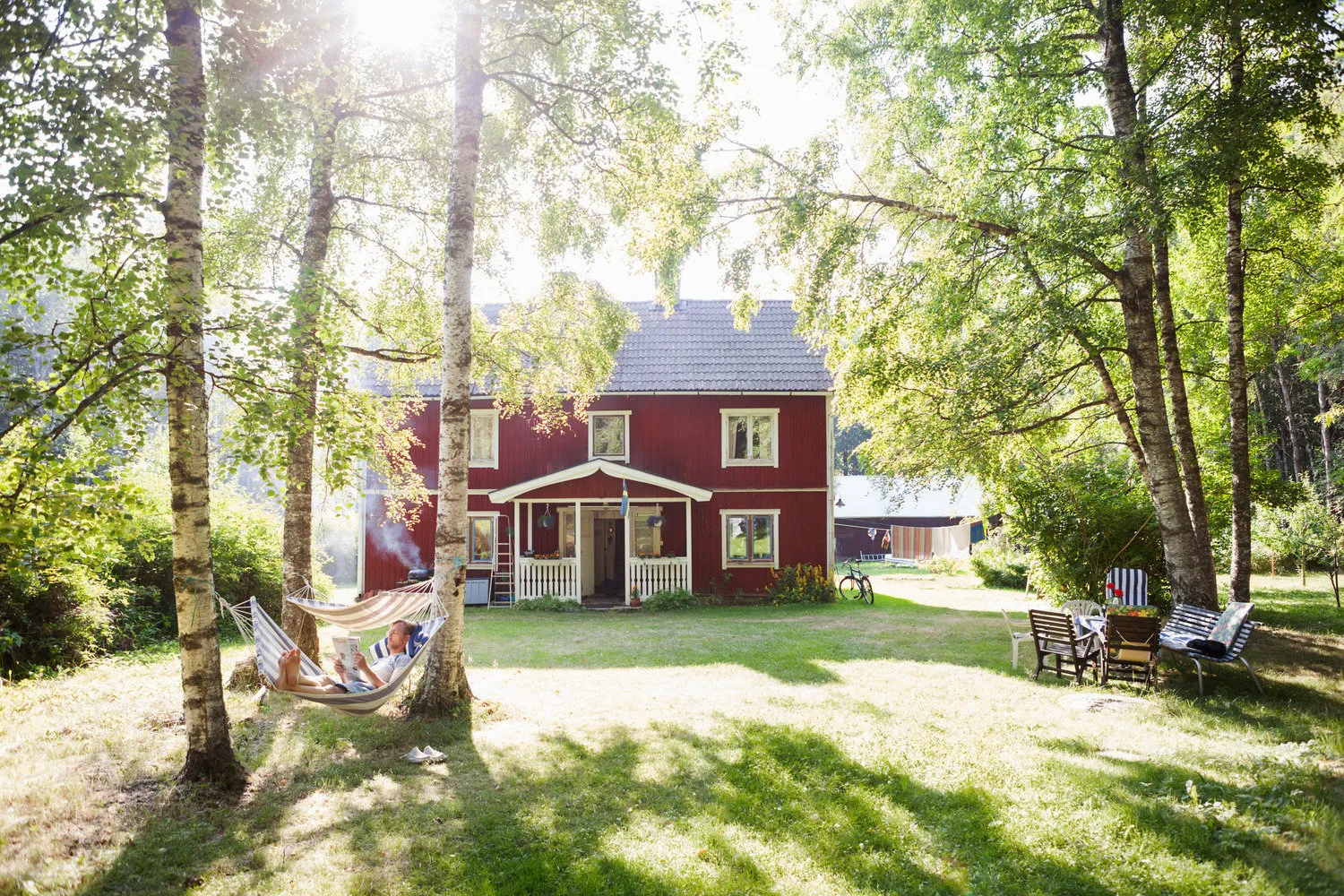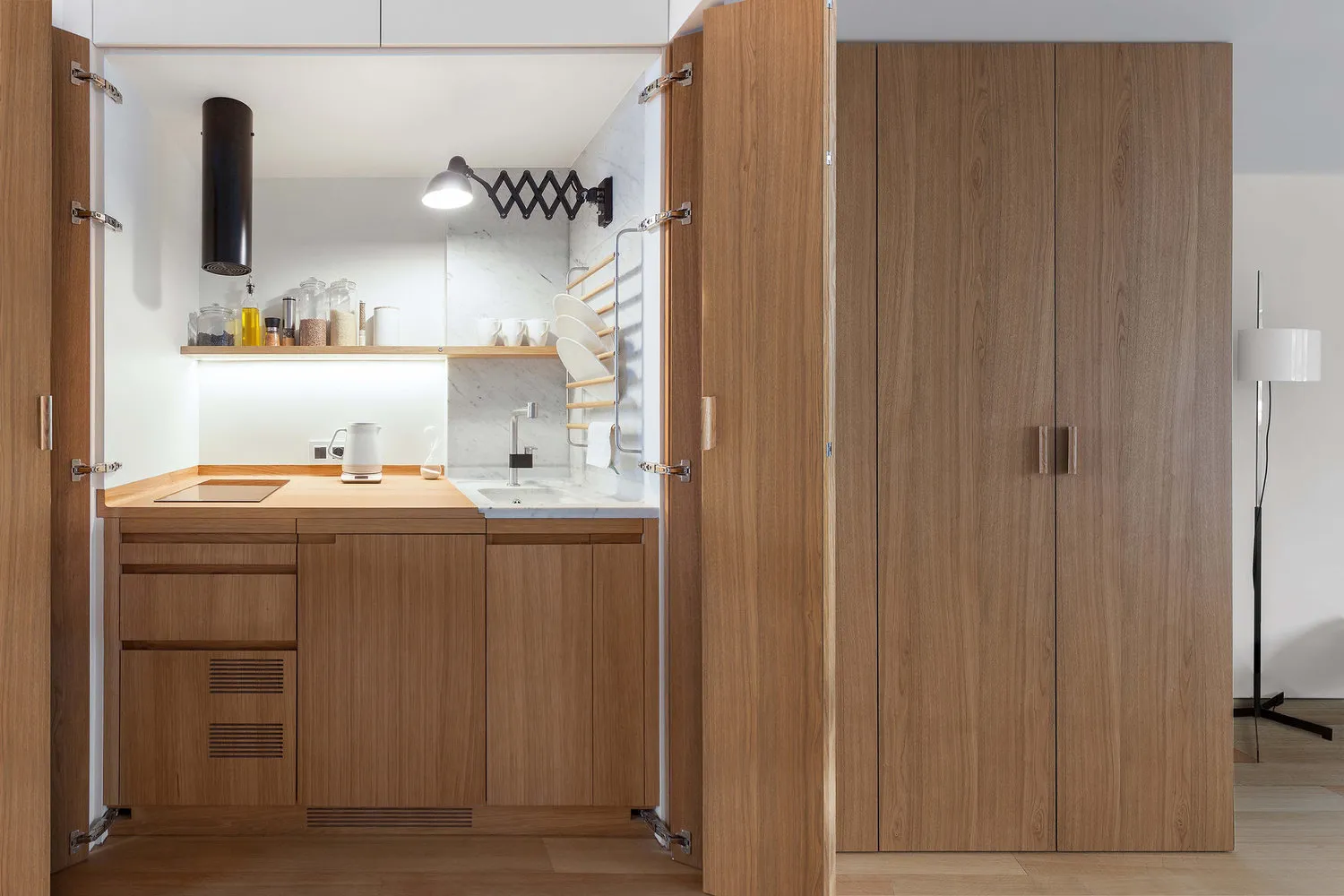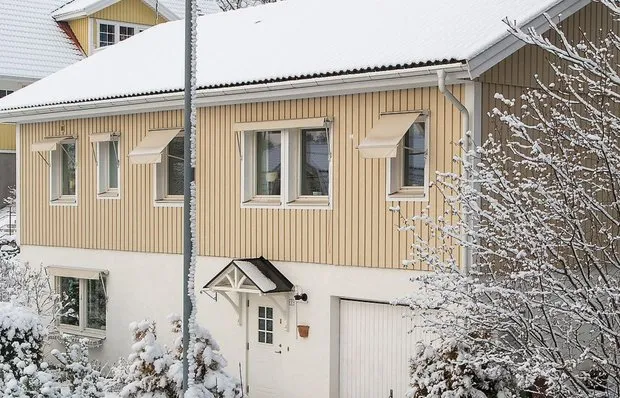There can be your advertisement
300x150
How to Create a Landscape Design Project for Your Garden Plot Yourself
You have bought a garden plot but don't know where to start and are afraid of making mistakes? A well-designed landscape design project will help you. We offer to create it yourself using our instruction.
Draw a plan of the plot
To do this, take measurements around the perimeter of the area, house and outbuildings, and also mark distances between various objects (trees, bushes, paths). On the plot layout, also mark natural water bodies, shaded and sunny spots, elevations and depressions, directions of light.
A landscape design plan can be schematically drawn using millimeter paper, overlays, and a set of markers. There are also special computer programs and applications where you can not only draw a layout but also move objects with one mouse click during further work.

Divide the plot into zones
Zoning the plot is necessary to functionally and reasonably place all elements. Usually, several standard zones are distinguished: utility, which includes sheds, garages, and vegetable gardens; living area — house, summer kitchen, inner courtyard; and recreation zone — pavilion, children's playground.
Write down a list of all necessary objects to ensure nothing is missed. Highlight the main spots on the garden (house, garage, pavilion) and plan the placement of all other elements from them.

Separate zones with screens and fences
For zoning, you can use living hedges, rows of bushes and perennial plants. The recreation area can be separated by a low fence or woven fence, arch, or pergola covered with climbing roses, clematis, or decorative vines. The simplest mesh posts can be used to create a secluded area in the garden dining zone and protect it from bright sunlight and strong winds.
However, moderation is key: don't overload the garden with too many tall partitions. Boundaries can also be marked using low flower beds, narrow gravel paths, and rows of flower beds.
Plan residential and utility buildings
After dividing the plot into functional zones, proceed to planning individual structures and design elements. In the living zone, determine the existing or planned location for the house, inner courtyard, and summer kitchen. In the utility zone, consider necessary types of buildings: garage, shed, greenhouse, raised beds. In the recreation zone, designate space for a pavilion, patio, barbecue area, and benches.
When planning any structures, take into account their size and the direction of shadows cast by them. It is preferable to place tall structures on the northern and north-western sides to minimize shading of green plantings. Also, familiarize yourself with existing construction regulations and rules to avoid problems during legalization of the construction.
Plan the location of platforms and paths
During the plot design stage, it is necessary to plan the paving of platforms and paths. Draw arrows indicating the direction of trails, avoiding straight lines and angles to make the landscape more natural and closer to nature. There are many material options for path paving: garden tiles, decking, brick, cobblestone, wooden planks, natural stone. They can also be filled with sand, gravel, or crushed stone.
An excellent solution for car parking or barbecue zone would be paving made of cut stone, such as sandstone, limestone, or granite. For the recreation zone, use decking: deck boards are easy to install and withstand poor weather conditions.

Place artificial water bodies
Many gardeners and private home owners dream of a pool on their plot: today, this dream is easily realized using ready-made rigid forms made of PVC. When planning the location for a water body, choose an area free from buildings, and let it be larger than the pool area to allow space for a platform or shelter for relaxation nearby. Remember that water must be drained in winter.
Another type of water body that can be implemented on a private plot is a small artificial pond. Do not place the pond close to trees, as you will have to constantly clean it of fallen leaves. Also, note that an artificial pond should not be in direct sunlight for more than six hours: this will negatively affect aquatic plants and fish.
Determine green plantings
To create a beautiful plot, it is important to choose green plantings correctly. Begin planning the garden by placing trees and large shrubs that will provide pleasant shade and hide you from neighbors' views.
On the layout, draw them in maximum size so that you easily understand what area the plant will occupy when mature. Also, ensure that the selected trees' root systems in the future do not damage path paving or utilities.
When planning many flower beds, flower borders, and various compositions, keep in mind that they require care — assess your capabilities realistically. Use perennials to create a multi-colored or monochromatic landscape, preferring plants whose blooming period overlaps. With proper selection and placement of plantings, the garden will delight you throughout the season.
Today many people prefer to plant almost the entire plot with lawn, but keep in mind that this is far from the easiest option for landscaping: green grass requires constant care — mowing, weeding, fertilizing, overseeding, and regular watering.

Select decorative elements
Additional decorative elements will give the plot individuality and place necessary accents. Place garden sculptures in the inner courtyard, flower beds, along paths. Plan the installation of a small fountain in the recreation zone. Interesting decor for the plot will be birdhouses, feeders for birds and butterflies. Additional garden decoration will be flower vases and containers with plants.
Be creative: use an old bicycle, cart, or barrel for decoration, compose a composition with flowering plants and mark its location on the layout.
Plan utilities and garden lighting
One of the most important stages in creating a plot project is planning lighting and water supply: before creating flower beds and lawn, determine the direction of pipes and drainage ditches, electrical cable routing, and draw them on the layout.
Carefully planned and well-executed lighting will allow you to design a comfortable space for work and rest. Use not only electric lanterns but also solar-powered lights on the garden plot — you will save money on utility bills. Plan lighting for garden paths, sculptures, fountains, large plants — at night it will create an atmosphere of a magical garden.
More articles:
 How to Visually Raise Low Ceilings?
How to Visually Raise Low Ceilings? 5 More Tips for Working with Paint
5 More Tips for Working with Paint Most Budget-Friendly Renovation: Great Ideas from Spain
Most Budget-Friendly Renovation: Great Ideas from Spain Small Bathroom: We Know How to Fit Everything You Need
Small Bathroom: We Know How to Fit Everything You Need How to Use Transformable Furniture in Interior Design: 7 Examples
How to Use Transformable Furniture in Interior Design: 7 Examples Bright house in Sweden with welcoming interior
Bright house in Sweden with welcoming interior Where to Save Money When Renovating a Bathroom
Where to Save Money When Renovating a Bathroom Smart bathroom fixtures for everyday use
Smart bathroom fixtures for everyday use